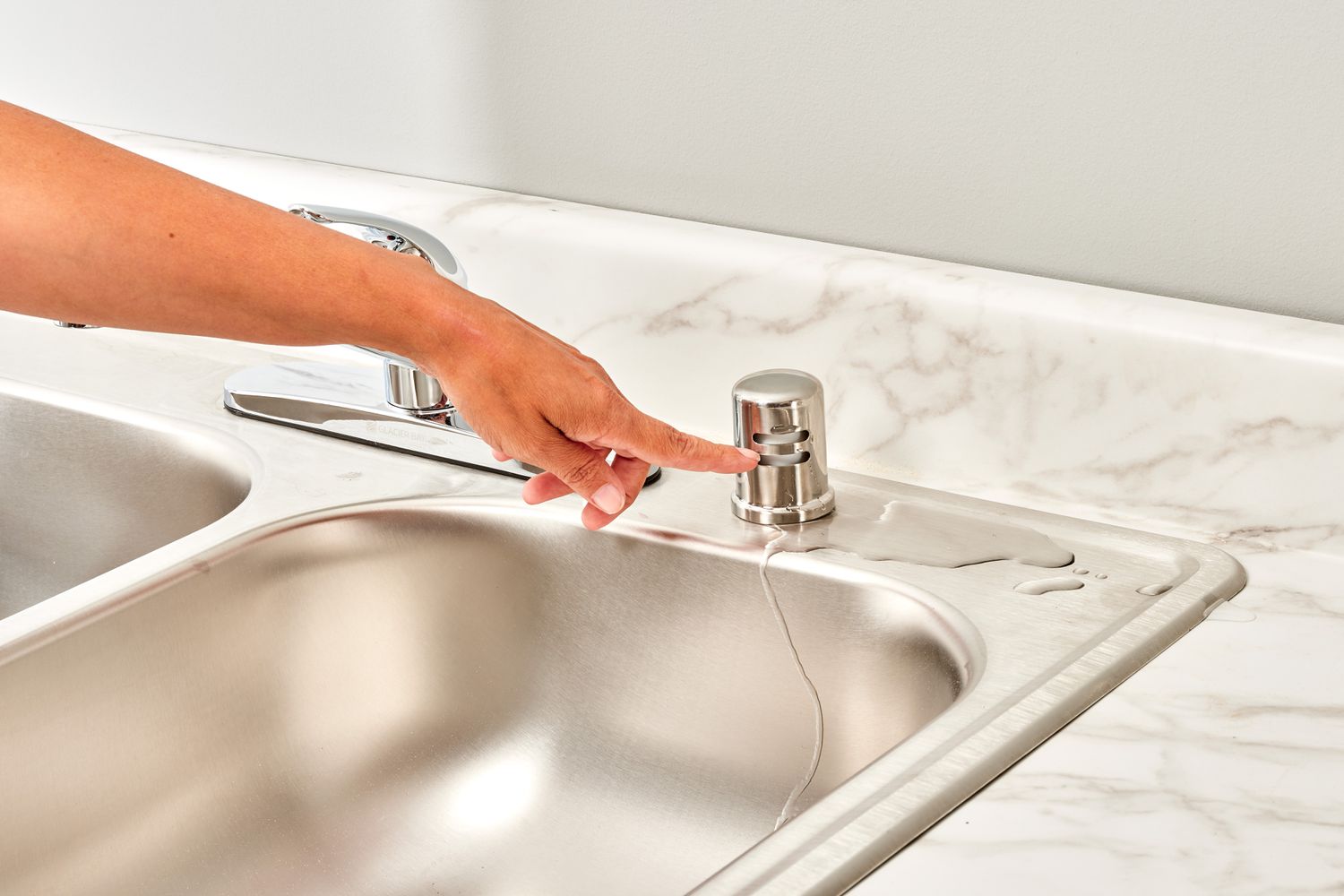

Articles
What Is An Air Gap For A Dishwasher
Modified: May 6, 2024
Discover the importance of an air gap for your dishwasher with our informative articles. Learn how it helps prevent dirty water backflow and keeps your kitchen clean.
(Many of the links in this article redirect to a specific reviewed product. Your purchase of these products through affiliate links helps to generate commission for Storables.com, at no extra cost. Learn more)
Introduction
Welcome to the world of kitchen appliances! In every modern kitchen, a dishwasher is a staple appliance for effortlessly cleaning dirty dishes. But have you ever wondered what that little gadget on the sink is? It’s called an air gap, and it plays a vital role in ensuring the smooth and safe operation of your dishwasher.
In this article, we will delve into the world of air gaps and explore their definition, purpose, importance, installation, maintenance, and potential issues. By the end, you’ll have a comprehensive understanding of why an air gap is crucial for the optimal functioning of your dishwasher.
Key Takeaways:
- An air gap is crucial for preventing contamination and backflow in dishwashers, ensuring clean water supply, compliance with plumbing codes, and enhanced performance.
- Proper installation, regular maintenance, and prompt resolution of potential issues are essential for maximizing the effectiveness and longevity of an air gap in your dishwasher.
Read also: 8 Amazing Air Gap Dishwasher for 2024
Definition of an Air Gap
An air gap is a small device that is installed on the countertop or sink, typically next to the faucet. It serves as a dishwasher overflow prevention mechanism and consists of three main components: a short vertical tube, an angled horizontal tube, and a small vent on top. Together, these components create a physical separation between the dishwasher and the wastewater system.
The purpose of the air gap is to prevent contaminated water from flowing back into the dishwasher. It acts as a barrier to ensure that any wastewater from the sink or disposal unit does not contaminate the dishwasher’s clean water supply. Instead, the air gap redirects the wastewater to the sink’s drainage system, keeping your dishwasher free from harmful debris and bacteria.
The concept behind the air gap is simple yet effective. By using the force of gravity, the air gap creates a break in the water flow, allowing air to enter and equalize the pressure inside the dishwasher. This prevents any possibility of a negative pressure situation, which could cause dirty water to be siphoned back into the dishwasher.
It’s important to note that an air gap is a regulatory requirement in many areas, as it provides an additional layer of protection against backflow. In fact, some local plumbing codes mandate the installation of an air gap for all dishwasher connections, to ensure adherence to health and safety standards.
Now that we’ve defined what an air gap is and understood its purpose, let’s explore why it is essential for the safe and efficient operation of a dishwasher.
Purpose of an Air Gap
The primary purpose of an air gap is to prevent the contamination of the dishwasher’s clean water supply. It acts as a crucial barrier between the dishwasher and the wastewater system, ensuring that any dirty water or debris does not flow back into the dishwasher during the draining process.
During the dishwashing cycle, the dishwasher fills up with clean water to wash the dishes. Once the cycle is complete, the dirty water needs to be drained away. This is where the air gap comes into play.
Without an air gap, there is a risk of backflow occurring, particularly if there is a clog or blockage in the plumbing system. In such situations, contaminated water from the sink or disposal unit can flow back into the dishwasher, potentially bringing along food particles, bacteria, and other harmful substances.
The air gap serves as a physical separation between the dishwasher and the sink’s drainage system. It creates a gap or space between the two, ensuring that any water or debris can only flow in the direction of the sink and not back into the dishwasher.
By preventing backflow, the air gap helps to maintain the cleanliness and hygiene of your dishwasher. It protects the integrity of the clean water supply, ensuring that each washing cycle starts with fresh, uncontaminated water. This not only enhances the efficiency of the dishwasher but also plays a crucial role in maintaining the cleanliness and safety of your dishes and utensils.
Moreover, the presence of an air gap reduces the risk of clogs and blockages in the dishwasher’s drainage system. It acts as a safeguard against the buildup of debris and sediment that could potentially impede the drain flow.
Now that we understand the purpose of an air gap, let’s take a closer look at how it works.
How an Air Gap Works
Understanding how an air gap works requires a basic knowledge of the principles of fluid dynamics. When water flows, it naturally seeks to equalize the pressure between two connected spaces.
In the case of a dishwasher, water is filled into the appliance during the cleaning cycle. Once the cycle is complete, the water needs to be drained out. At this point, the air gap comes into play.
When the dishwasher’s drain cycle begins, the dirty water starts to flow towards the drainpipe. Simultaneously, the air gap creates a break in the water flow by introducing a small gap or space between the dishwasher and the sink’s drainage system.
As the water reaches the air gap, gravity causes it to flow downward. The water then enters the vertical tube of the air gap. However, the vertical tube is not completely sealed at the bottom. Instead, it is open, allowing air to enter from the top.
As the water flows down the vertical tube, it reaches the bottom, where it meets the horizontal tube. The horizontal tube is angled in a way that it directs the water towards the sink’s drainage system.
At the same time, the open top of the air gap allows air to enter and equalize the pressure within the dishwasher. This prevents any negative pressure from developing, which could create a suction effect and cause backflow.
By introducing air into the system, the air gap ensures that the water flowing down the vertical tube can freely exit the dishwasher without any risk of being siphoned back. The air gap effectively breaks the connection between the dishwasher and the wastewater system, maintaining the integrity of the clean water supply and preventing contamination.
Now that we understand how an air gap works, let’s move on to the importance of having an air gap for your dishwasher.
Importance of an Air Gap for a Dishwasher
The presence of an air gap is of utmost importance for the safe and efficient operation of a dishwasher. Let’s explore some key reasons why having an air gap is crucial:
- Preventing Contamination: The primary purpose of an air gap is to prevent the contamination of the dishwasher’s clean water supply. By creating a physical barrier between the dishwasher and the wastewater system, the air gap ensures that any dirty water or debris cannot flow back into the dishwasher during the draining process. This helps maintain the cleanliness and hygiene of your dishes and utensils.
- Compliance with Plumbing Codes: In many areas, installing an air gap for a dishwasher connection is a regulatory requirement. Local plumbing codes mandate the installation of an air gap to prevent backflow and ensure compliance with health and safety standards. Failure to adhere to these codes can result in penalties or health hazards.
- Protection against Clogs and Blockages: The presence of an air gap helps reduce the risk of clogs and blockages in the dishwasher’s drainage system. The air gap acts as a safeguard against the accumulation of debris and sediment, ensuring the smooth flow of water during the draining process. This helps prevent potential damage to the dishwasher and minimizes the need for costly repairs.
- Enhanced Dishwasher Performance: An air gap plays a vital role in maintaining the optimal performance of your dishwasher. By preventing the backflow of contaminated water, it ensures that each dishwashing cycle starts with fresh, uncontaminated water. This helps deliver more effective cleaning results and extends the lifespan of your dishwasher.
- Peace of Mind: Having an air gap installed for your dishwasher provides peace of mind knowing that you have an additional layer of protection against potential health hazards. It gives you confidence that your dishwasher is operating in a safe and hygienic manner, protecting your family from exposure to harmful bacteria or contaminants.
In summary, the air gap is not just a simple gadget on your sink—it serves a vital purpose for the safety, cleanliness, and optimal functioning of your dishwasher. It prevents contamination, ensures compliance with plumbing codes, protects against clogs, enhances dishwasher performance, and provides peace of mind. Now that we understand the importance of an air gap, let’s explore how to properly install and maintain it.
An air gap for a dishwasher is a device that prevents dirty water from flowing back into the dishwasher. It is typically installed on the countertop or sink and should be kept clear of any obstructions to function properly.
Read more: How To Install Air Gap For Dishwasher
Installation of an Air Gap
Installing an air gap for your dishwasher is a relatively simple process that can be completed without professional assistance. Here are the steps to follow:
- Choose the Right Location: Select a suitable spot for the air gap on your countertop or sink. It should be close to the dishwasher and easily accessible.
- Turn Off the Water Supply: Before starting the installation, turn off the water supply to the sink and dishwasher. This will prevent any potential leaks or water damage during the process.
- Prepare the Sink or Countertop: If there is an existing hole for the air gap, skip to the next step. Otherwise, use a drill and a suitable hole saw to create a hole for the air gap. Ensure the hole is the correct size for the air gap device.
- Insert the Air Gap Device: Insert the air gap device into the hole on the sink or countertop. Make sure it fits securely and sits flush with the surface.
- Connect the Drain Hoses: Locate the drain hose connected to the dishwasher and the drainpipe under the sink. Attach one end of the hose to the dishwasher and the other end to the bottom of the air gap device. Connect another hose from the air gap device to the drainpipe.
- Secure the Connections: Use hose clamps or zip ties to securely fasten the drain hoses to the appropriate connections. This will prevent any potential leaks or disconnections during use.
- Turn On the Water Supply: Once all the connections are secure, turn on the water supply to the sink and dishwasher. Check for any leaks and tighten the connections if necessary.
- Test the Air Gap: Run a test cycle on your dishwasher to ensure the air gap is functioning properly. Observe the water drainage to confirm that the air gap is redirecting the wastewater to the sink’s drainage system.
It’s important to consult the manufacturer’s instructions specific to your dishwasher and air gap device during the installation process. These instructions may provide additional guidance or specific requirements for your particular model.
Next, let’s discuss how to properly maintain and clean the air gap to ensure its efficient operation.
Maintenance and Cleaning of the Air Gap
Proper maintenance and regular cleaning of the air gap are essential to ensure its efficient operation and prevent any potential issues. Here are some tips to help you maintain and clean your air gap:
- Inspect Regularly: Periodically inspect the air gap to ensure there are no visible signs of damage or blockage. Check for any cracks, leaks, or buildup of debris that may obstruct the flow of water.
- Clean the Air Gap: Cleaning the air gap is a simple process that you can easily do at home. Start by removing the top cap or cover of the air gap device. You will often find it easily removable by hand or with a simple twist. Once removed, rinse the cap and the air gap components under running water to remove any debris or food particles. Use a small brush, such as a toothbrush, to gently scrub the interior of the air gap and remove any stubborn buildup.
- Clear Blockages: If you notice any blockages or obstructions inside the air gap, use a toothpick or a small wire to clear them. Be gentle when inserting any tools to avoid damaging the internal components.
- Check the Drain Hoses: Inspect the drain hoses connected to the air gap for any kinks, bends, or clogs. Straighten any kinks and remove any debris that may be blocking the hoses. This will ensure smooth water flow and efficient drainage.
- Test for Proper Functioning: After cleaning and inspecting the air gap, run a test cycle on your dishwasher to ensure it is functioning properly. Observe the drainage process to ensure that water flows freely through the air gap and into the sink’s drainage system.
It’s important to note that the frequency of maintenance and cleaning will depend on various factors such as the water quality in your area and the frequency of dishwasher use. It is recommended to clean the air gap at least once every few months or as needed.
By following these maintenance and cleaning tips, you can ensure the optimal performance of your air gap and extend its lifespan. Now, let’s discuss some potential issues that may arise with an air gap and how to address them.
Potential Issues with an Air Gap
While an air gap is a reliable device that helps protect your dishwasher from contamination and backflow, there are some potential issues that you may encounter. Here are a few common problems that can occur with an air gap:
- Blockages: Over time, debris, food particles, and mineral deposits can accumulate inside the air gap. This can lead to blockages and hinder the flow of water. Regular cleaning and maintenance, as mentioned earlier, can help prevent this issue.
- Leaks: Leaks can occur if the connections between the air gap and the drainpipes are loose or improperly secured. Check the connections and tighten them if necessary. Replace any damaged or worn-out hoses or components to prevent leaks.
- Improper Installation: Incorrect installation can lead to issues with the air gap’s functionality. Follow the manufacturer’s instructions carefully and ensure that the air gap is installed at the correct height and angle. Improper installation may result in water not draining effectively, leading to backups and potential damage to your dishwasher.
- Noise or Gurgling Sounds: Sometimes, you may hear unusual noises or gurgling sounds coming from the air gap. This can be an indication of a clog or blockage. Inspect the air gap and remove any debris to resolve the issue.
- Inadequate Drainage: If the air gap is not functioning properly, you may experience slow or inadequate drainage of water from your dishwasher. This can be a sign of a clogged air gap or a blockage in the drain hoses. Clean and clear any obstructions to restore proper drainage.
- Noncompliance with Plumbing Codes: Failure to install an air gap or comply with local plumbing codes and regulations can result in fines or penalties. It’s essential to check the requirements of your area and ensure that the air gap is properly installed to meet these standards.
If you encounter any of these issues with your air gap, it is recommended to address them promptly. Regular maintenance, inspections, and cleaning will help prevent most problems from occurring. If you are unsure about how to resolve an issue or if it persists despite your efforts, it may be wise to consult a professional plumber for further assistance.
With proper installation, maintenance, and care, an air gap can provide long-lasting protection and functionality for your dishwasher. Now that we’ve covered potential issues, let’s wrap up our discussion.
Conclusion
In conclusion, an air gap is a small yet significant device that plays a crucial role in ensuring the safe and efficient operation of your dishwasher. By creating a physical separation between the dishwasher and the wastewater system, the air gap prevents the contamination of the clean water supply and protects against backflow.
With its simple yet effective design, the air gap redirects wastewater from the dishwasher to the sink’s drainage system, safeguarding your dishwasher from potential damage caused by debris, sediment, or harmful substances.
Installing an air gap is a relatively straightforward process that can be done without professional assistance. By following the manufacturer’s instructions and adhering to local plumbing codes, you can ensure the proper installation and compliance of the air gap.
Maintaining and cleaning the air gap regularly is essential to ensure its efficient operation. By inspecting for blockages, cleaning the interior components, and checking the drain hoses, you can prevent potential issues and maintain optimal performance.
While there may be potential issues that can arise with an air gap, such as blockages, leaks, or inadequate drainage, these can be addressed through proper maintenance, cleaning, and prompt resolution of any problems encountered.
By understanding the importance of an air gap and taking the necessary steps to install, maintain, and address any issues, you can enjoy the peace of mind that comes with knowing your dishwasher is operating effectively, your dishes are being cleaned hygienically, and you are safeguarding your family from potential health hazards.
So, next time you see that little gadget on your sink, appreciate the role it plays in keeping your dishwasher running smoothly, and remember the importance of the air gap for a safe and efficient kitchen environment.
Now that you've grasped the essentials of what an air gap does for your dishwasher, you might be keen to learn how to install one yourself. Mastering DIY skills such as dishwasher installation not only saves money but also enriches your understanding of home appliances. Our next guide walks you through each step of this process, ensuring you can handle it with confidence and ease. Don't miss out on acquiring this handy skill!
Frequently Asked Questions about What Is An Air Gap For A Dishwasher
Was this page helpful?
At Storables.com, we guarantee accurate and reliable information. Our content, validated by Expert Board Contributors, is crafted following stringent Editorial Policies. We're committed to providing you with well-researched, expert-backed insights for all your informational needs.
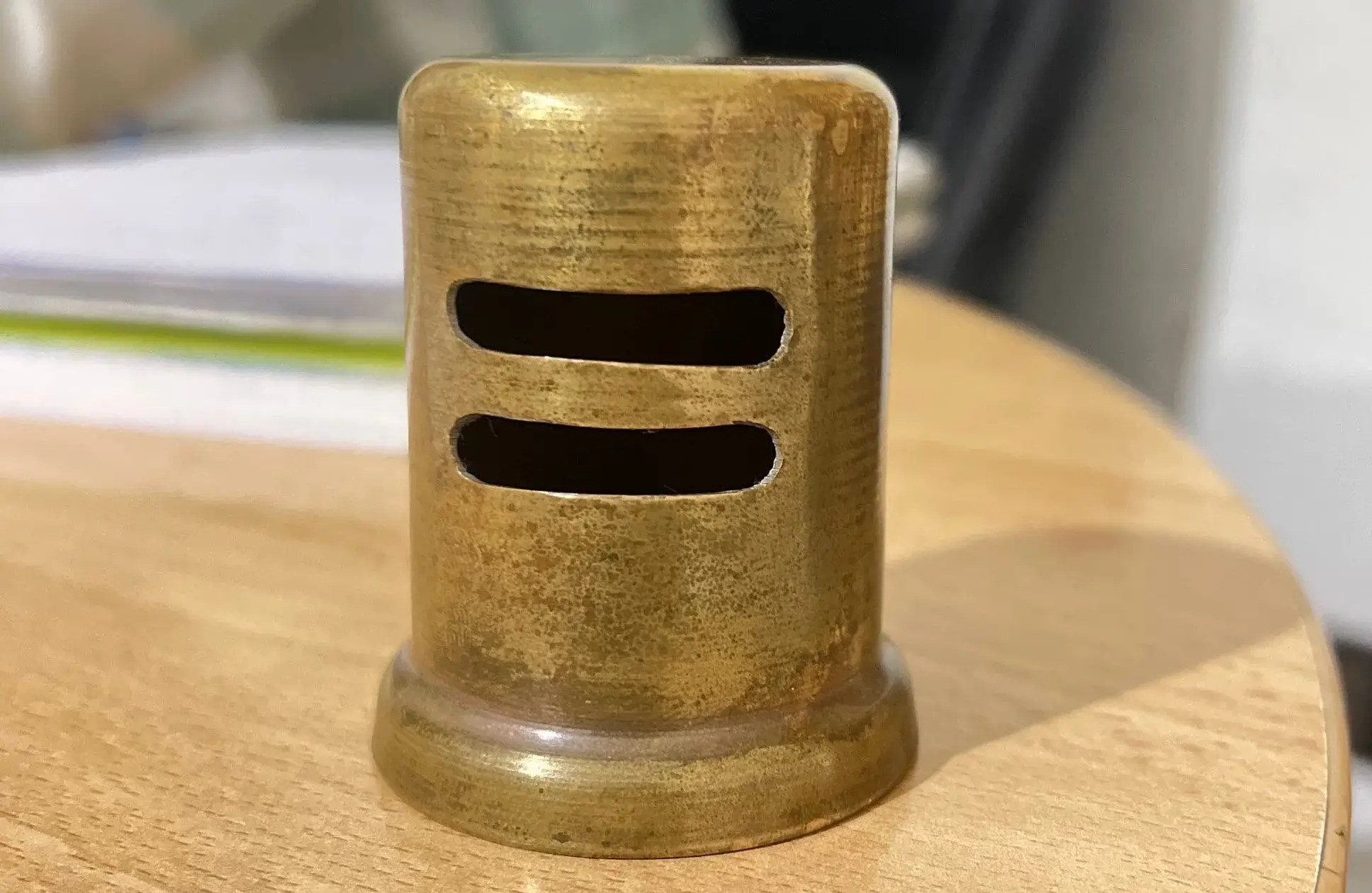
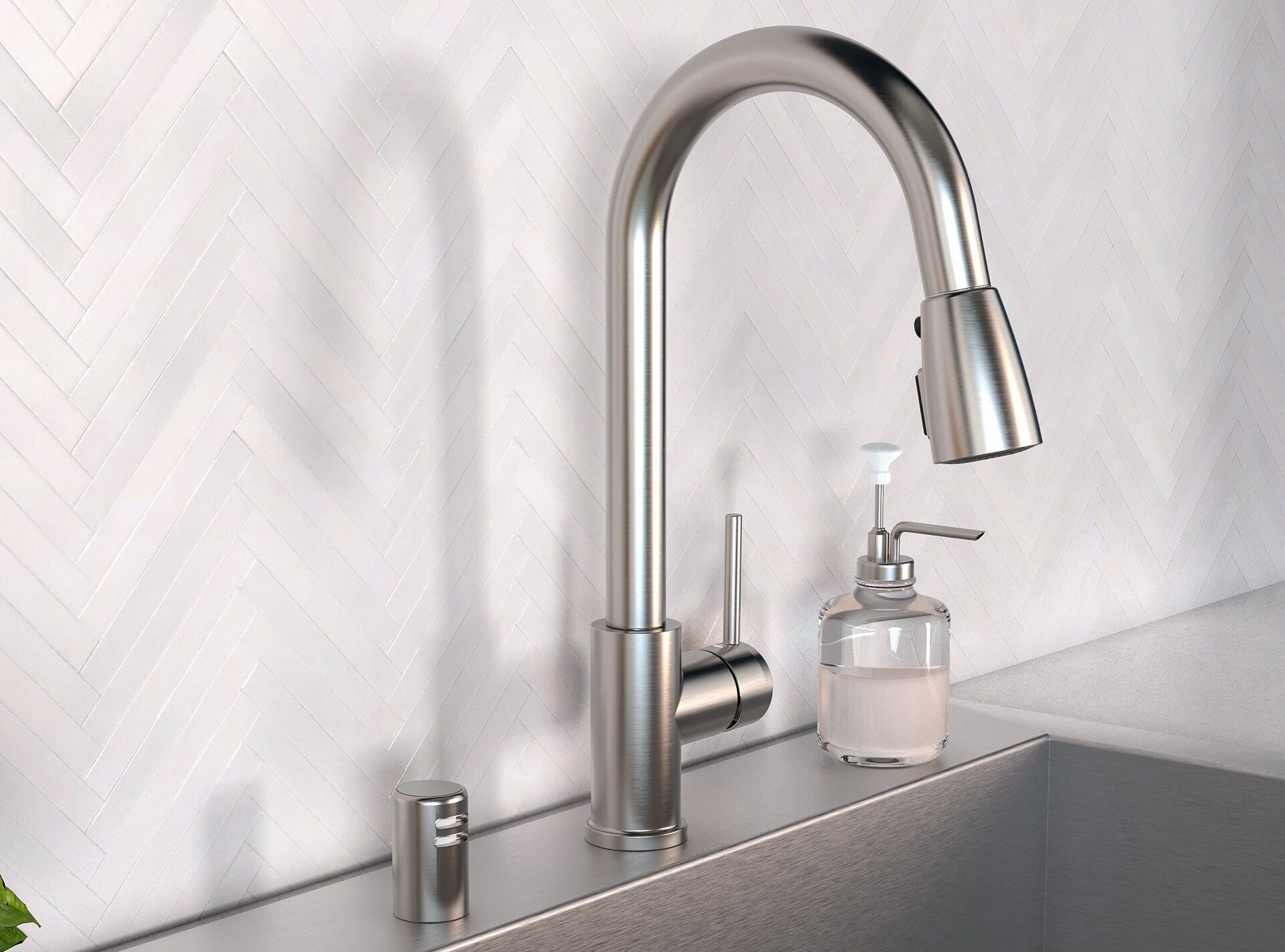
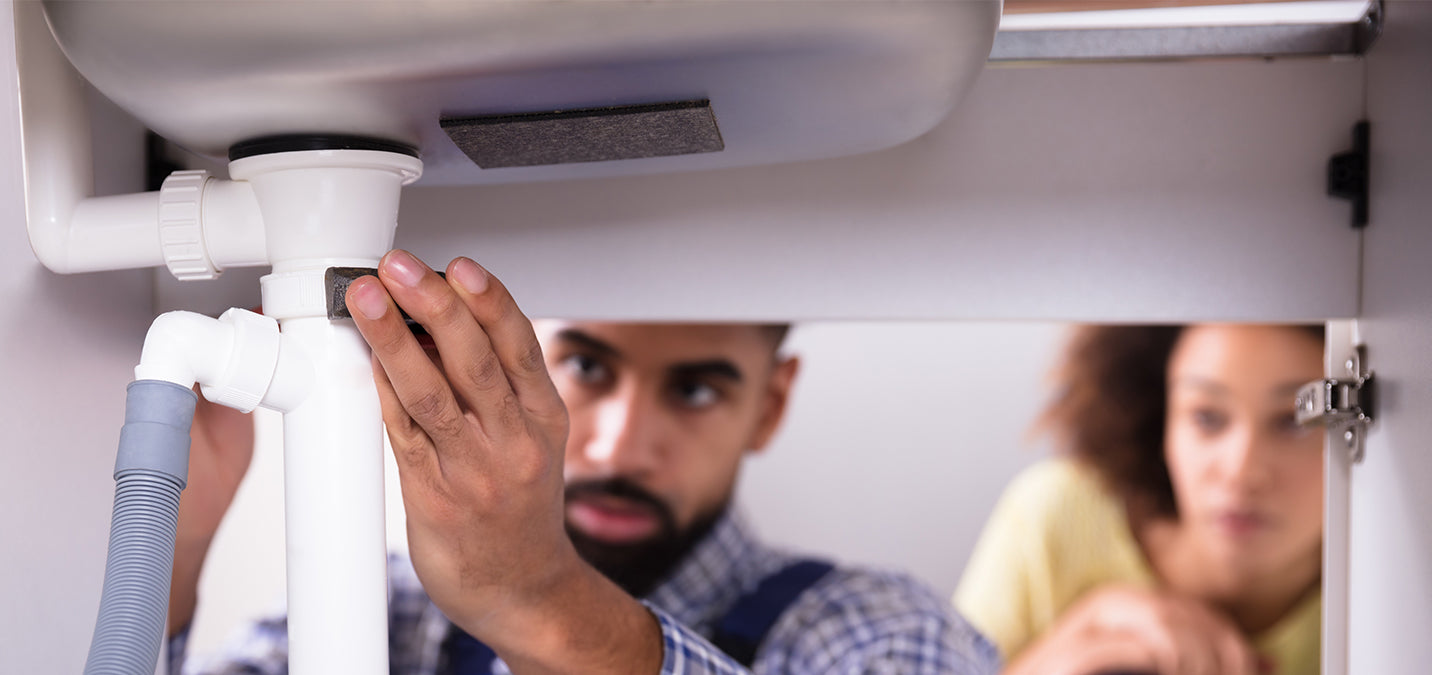
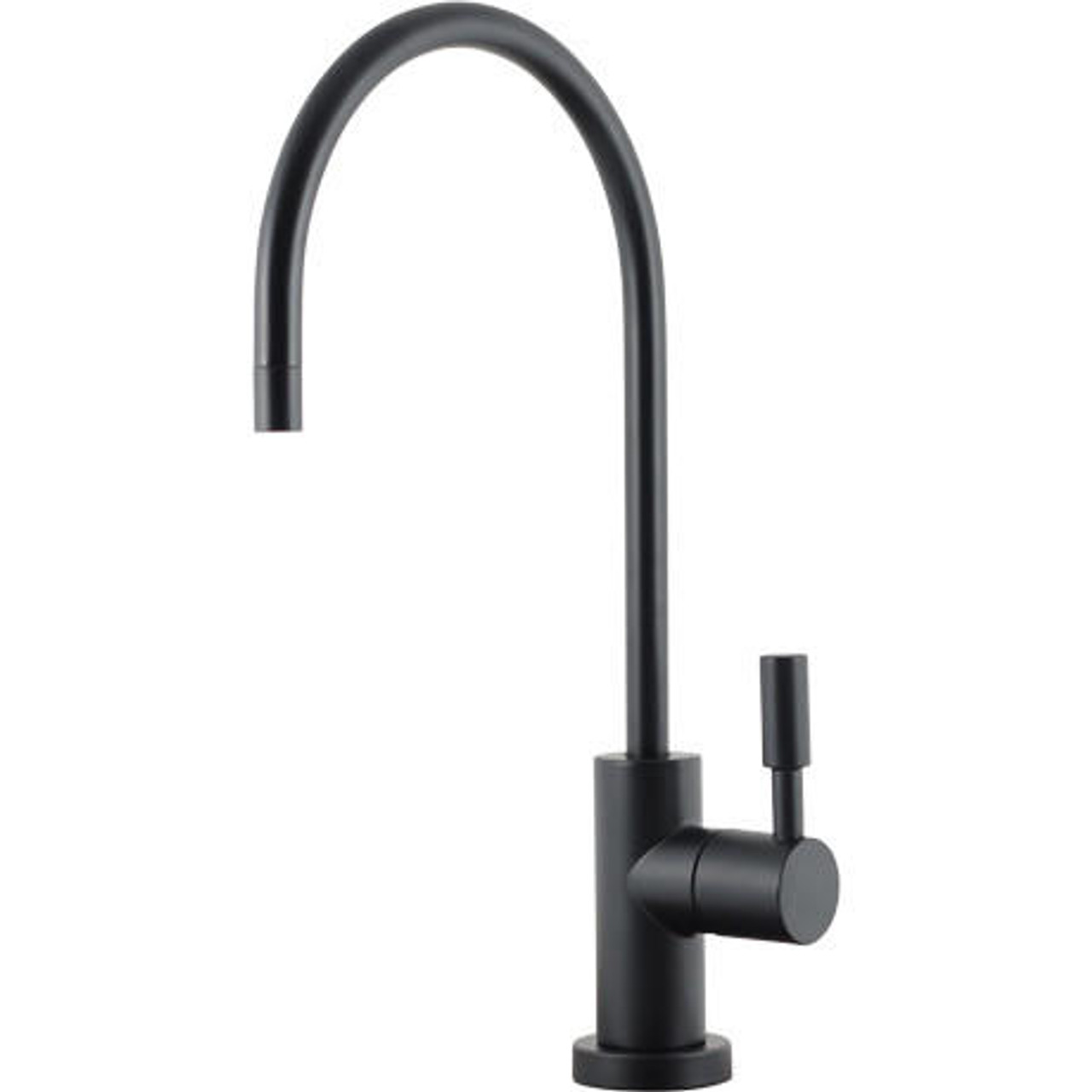
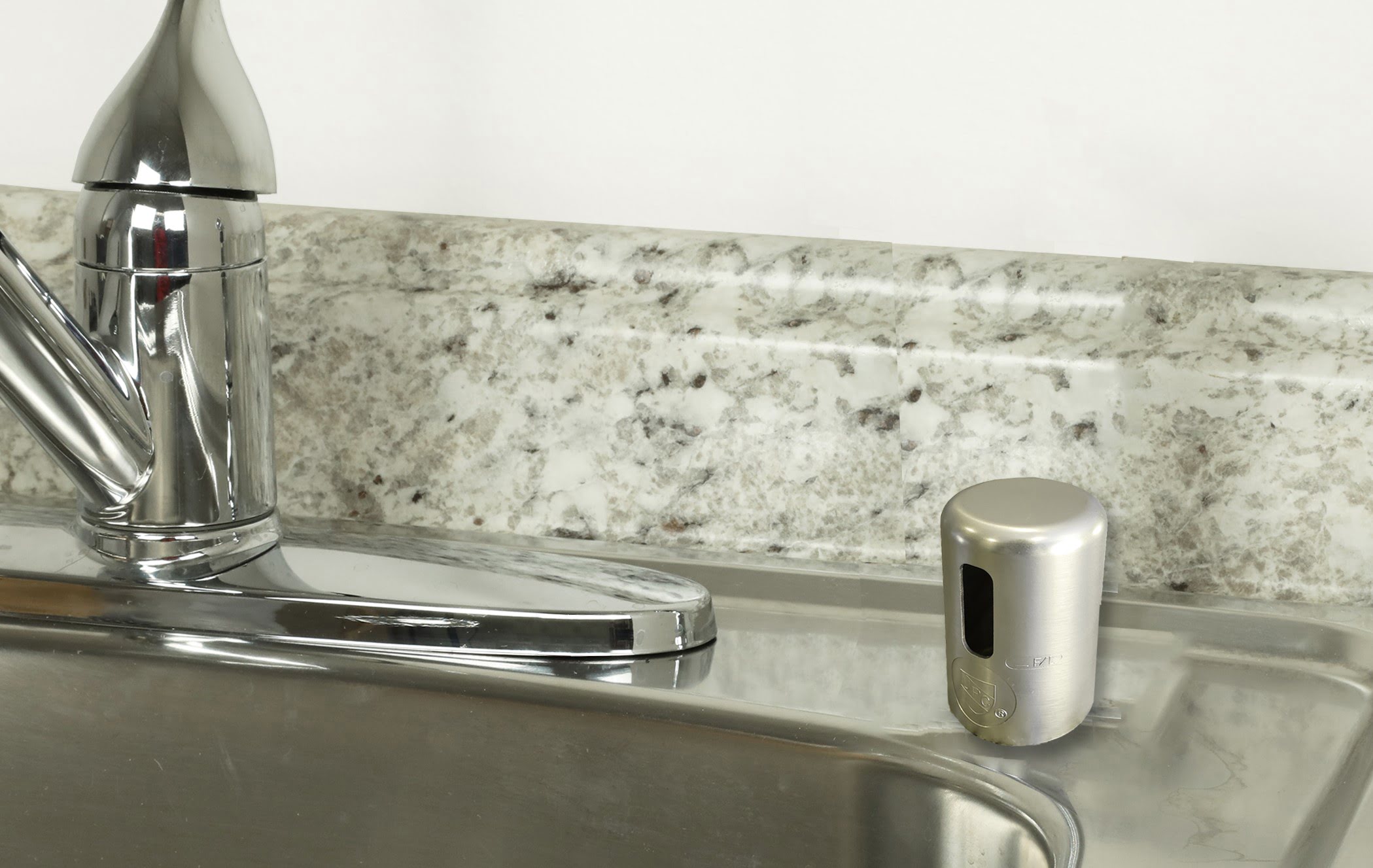
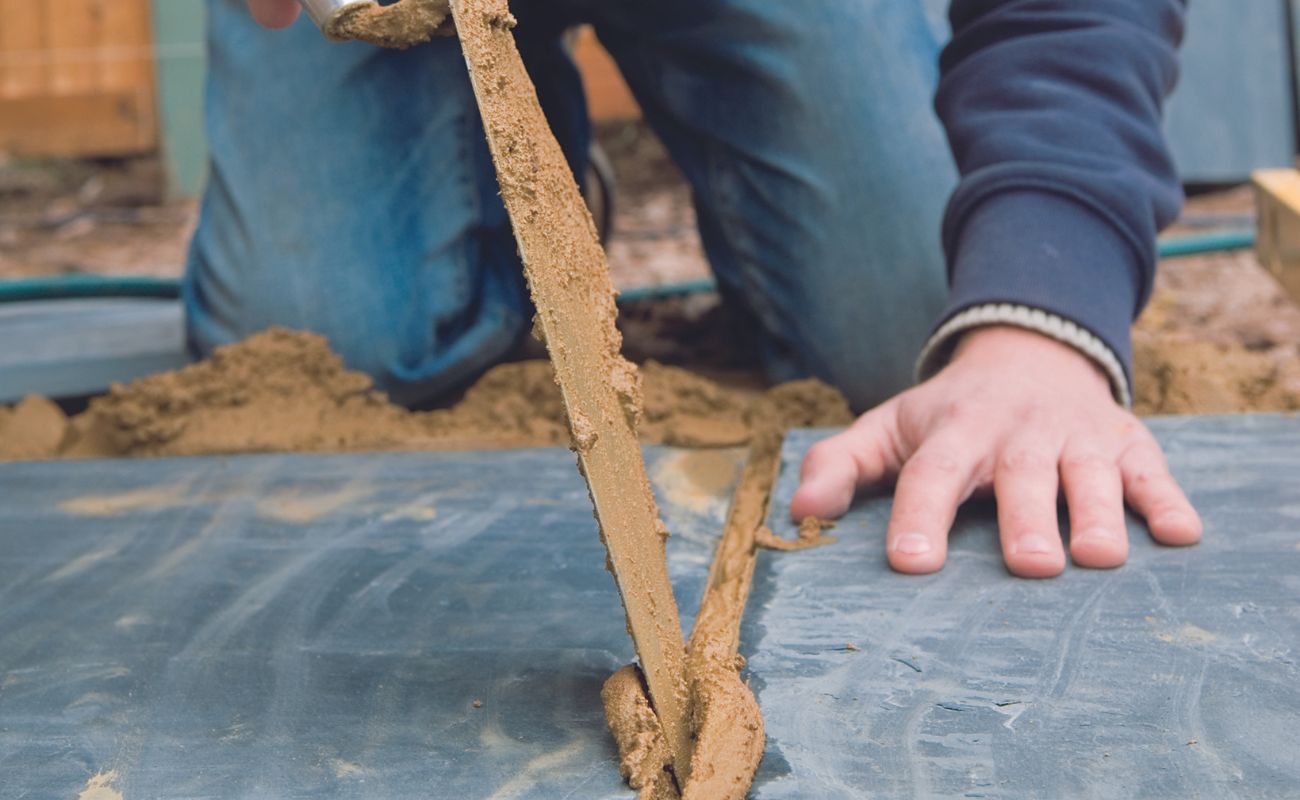
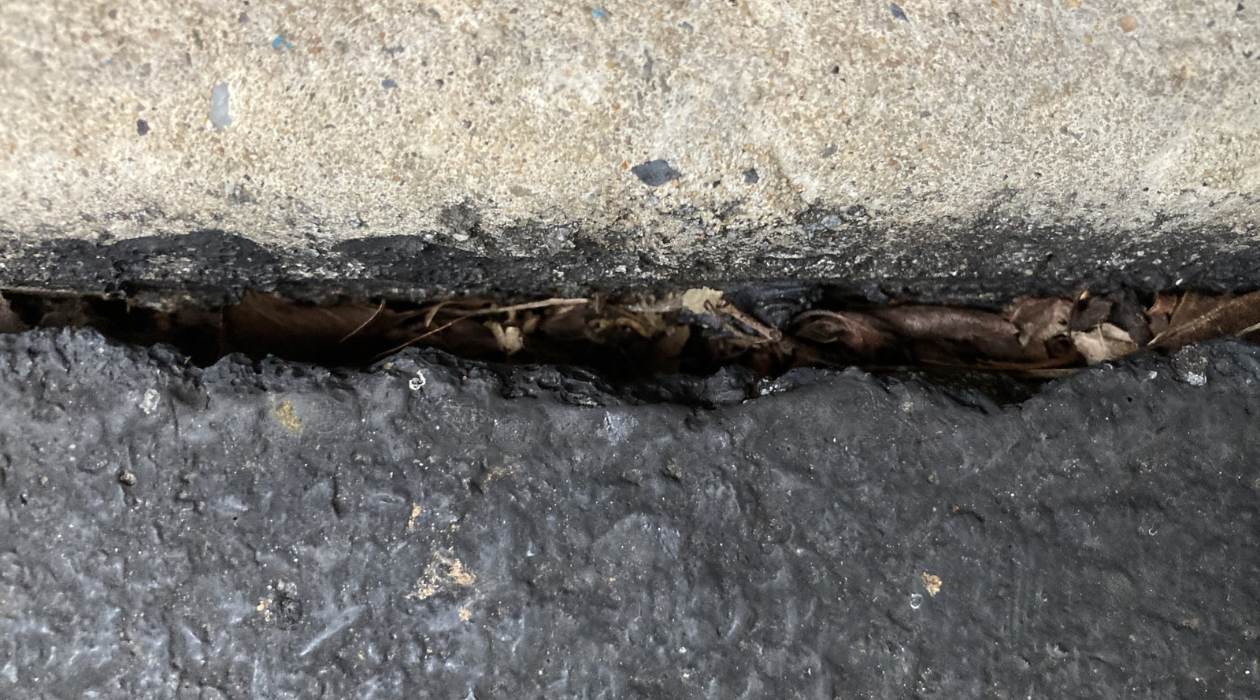
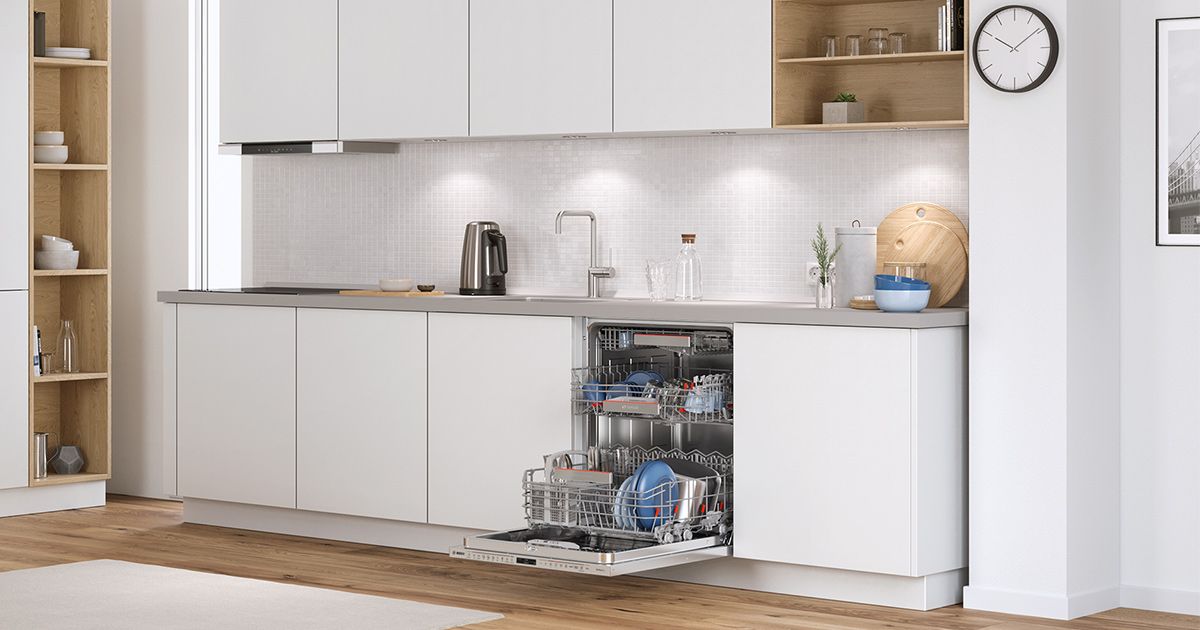
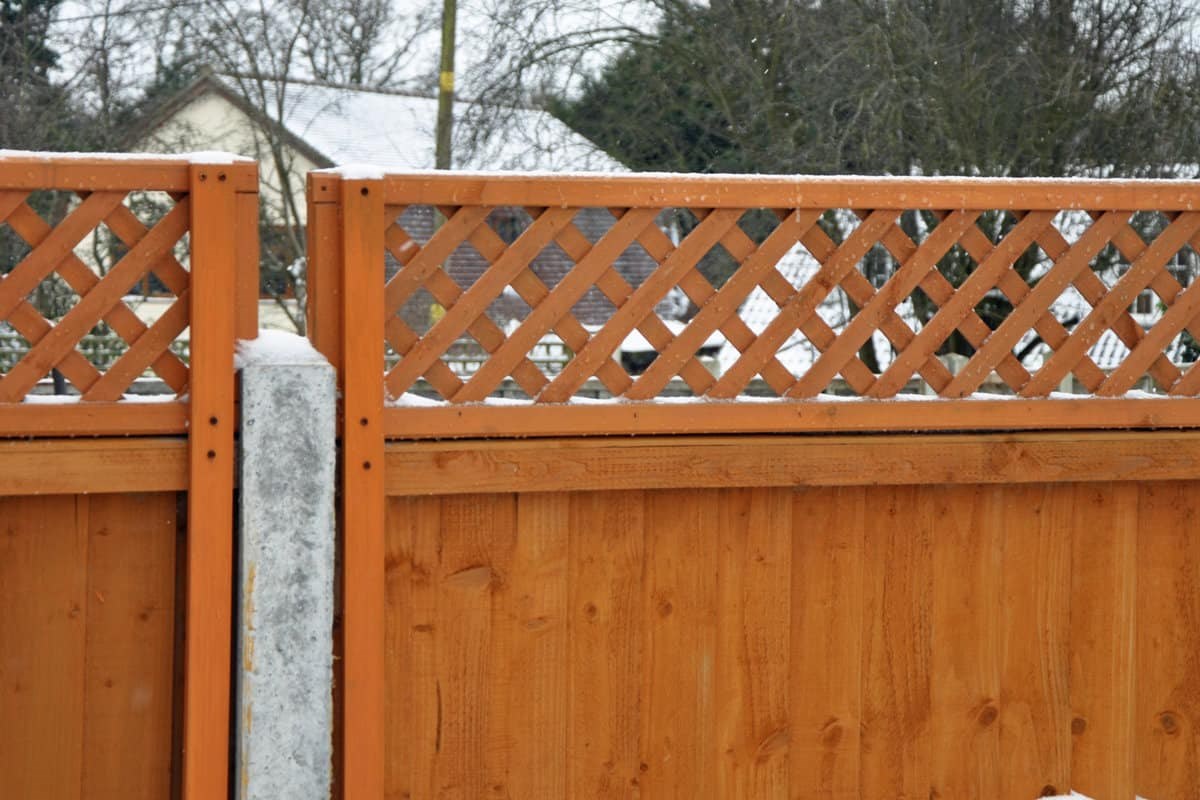
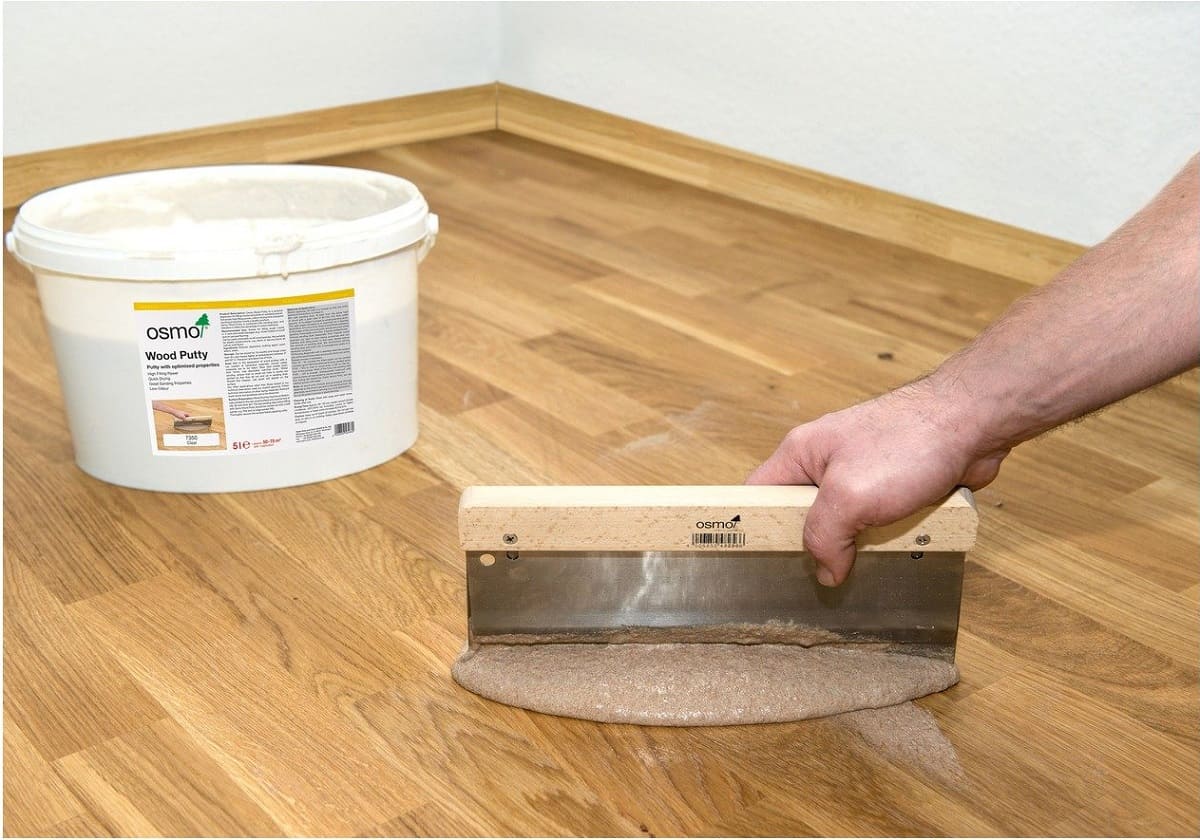
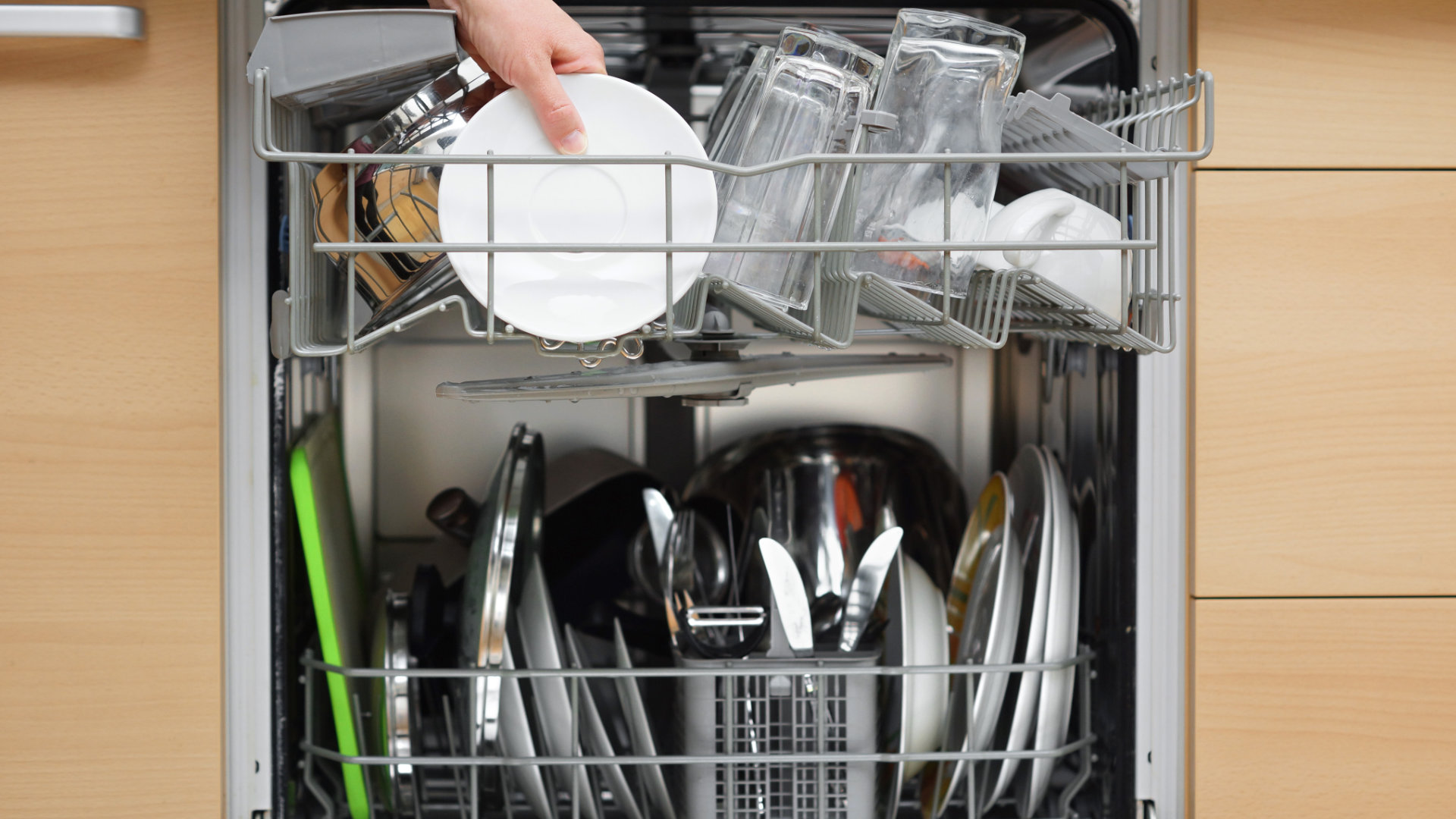
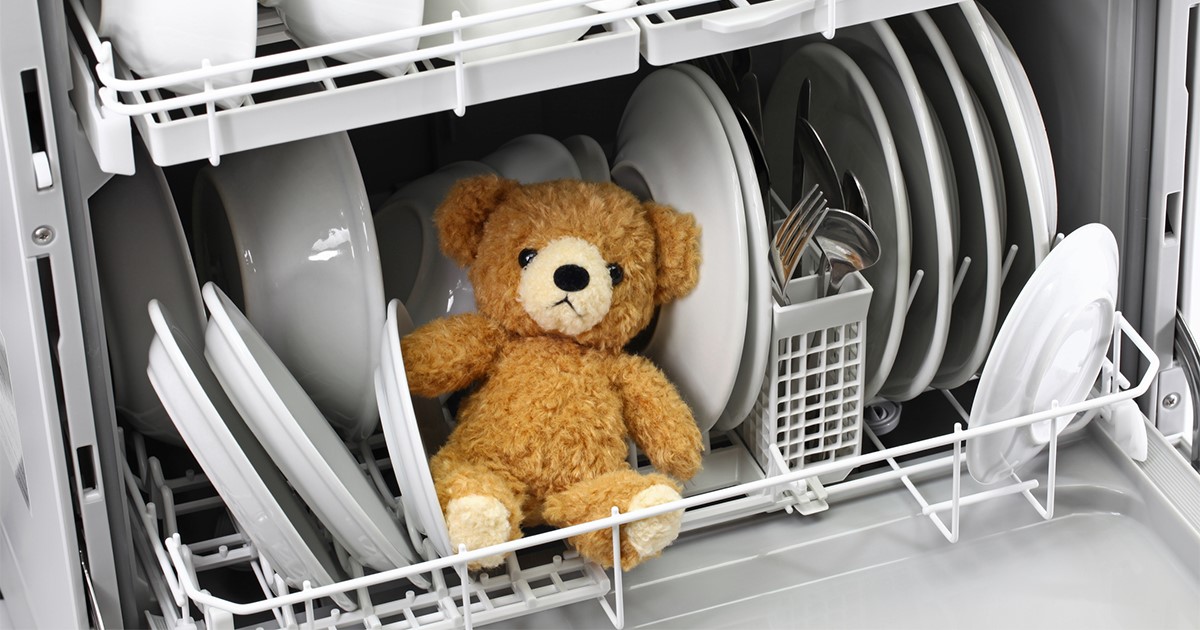
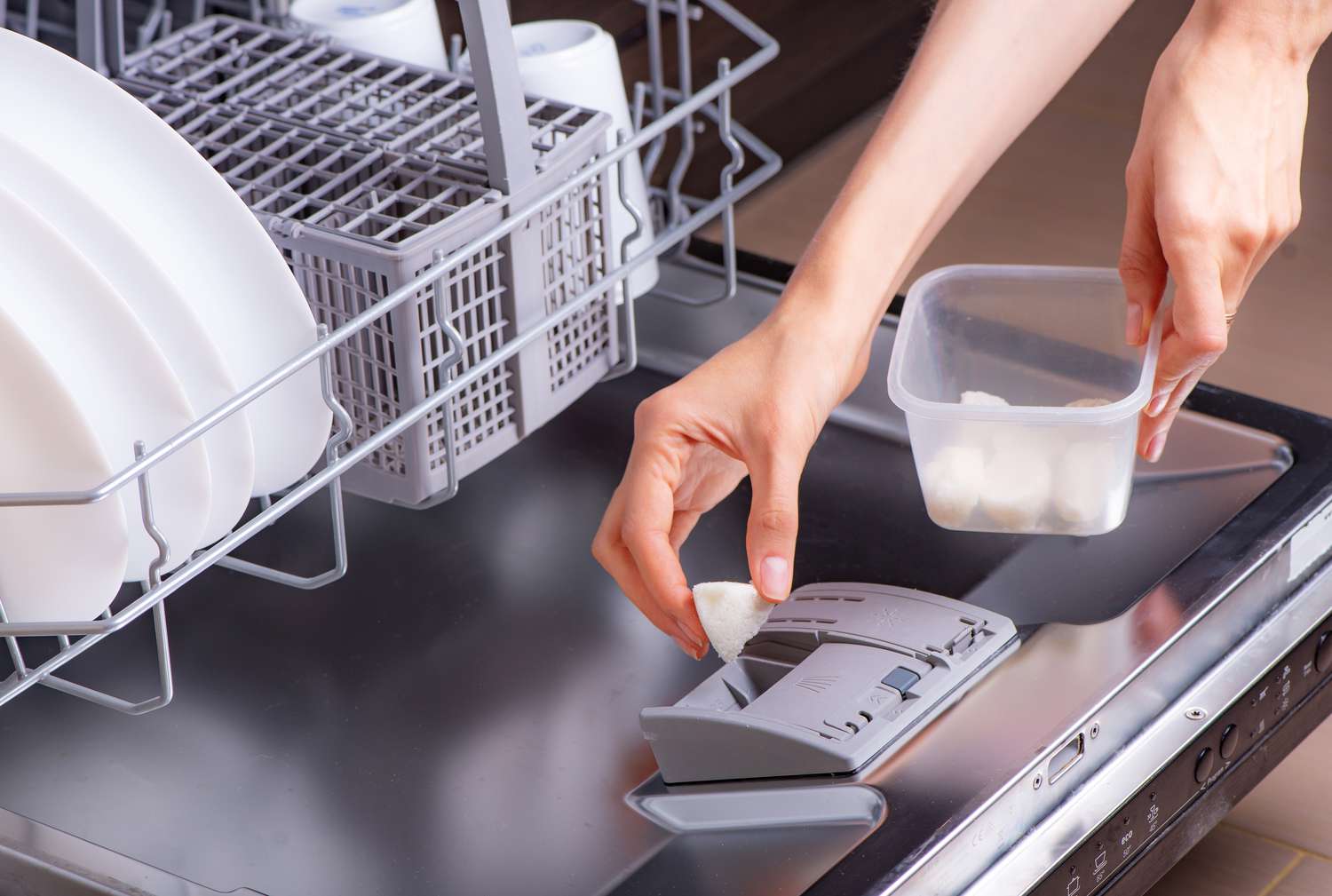
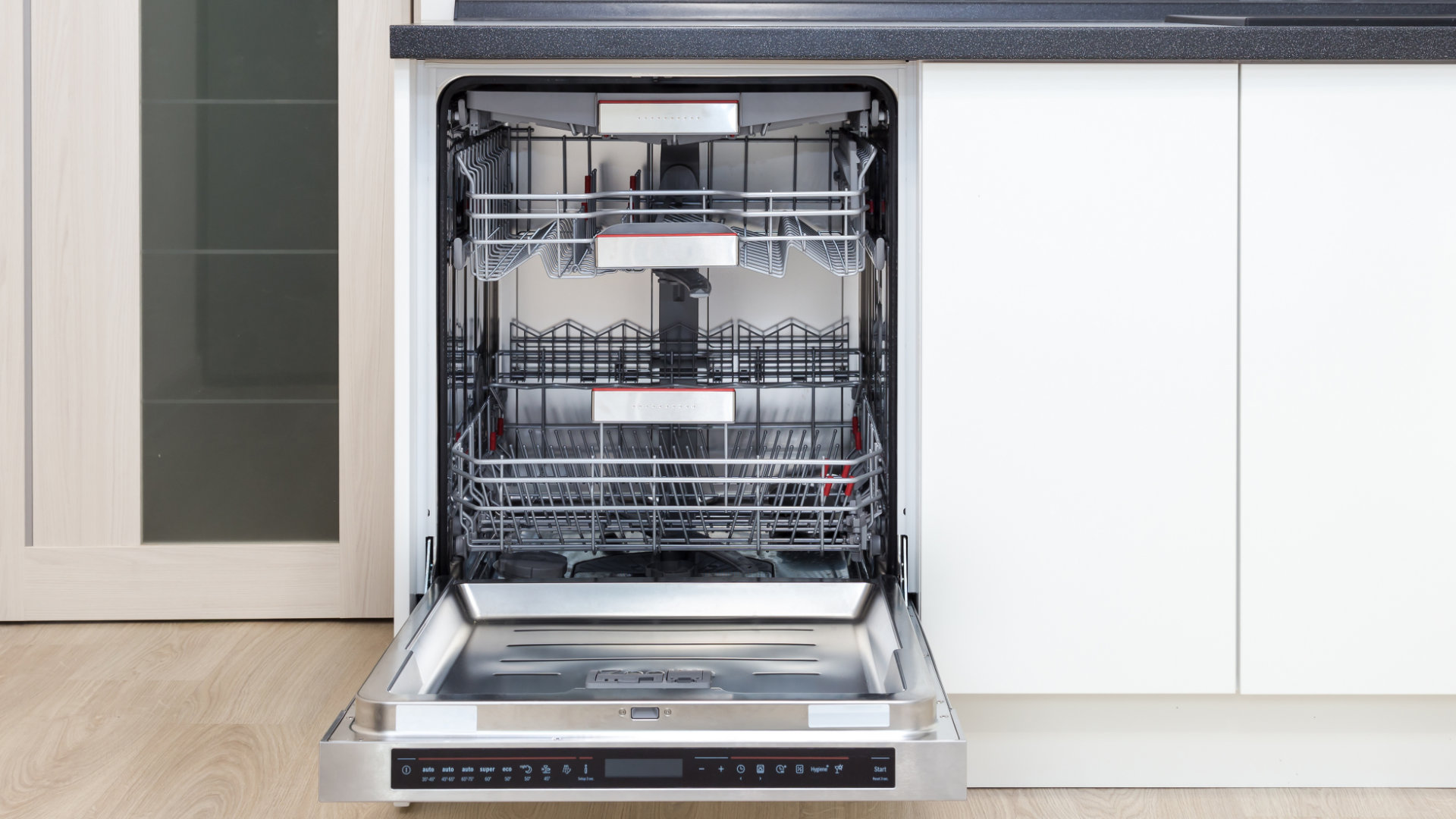

0 thoughts on “What Is An Air Gap For A Dishwasher”